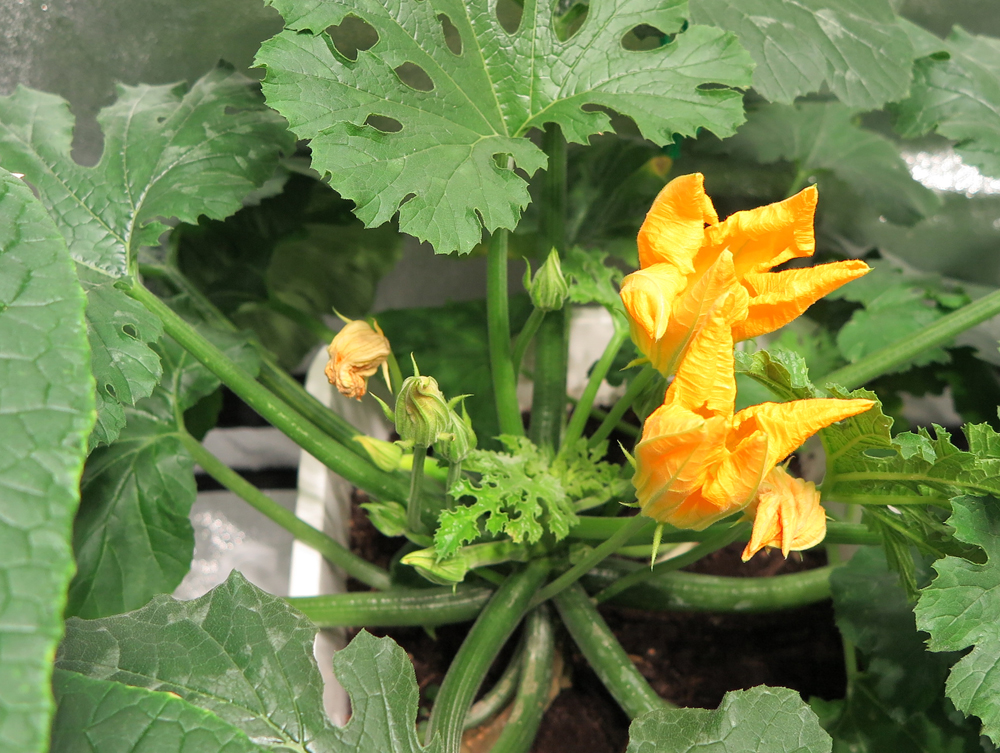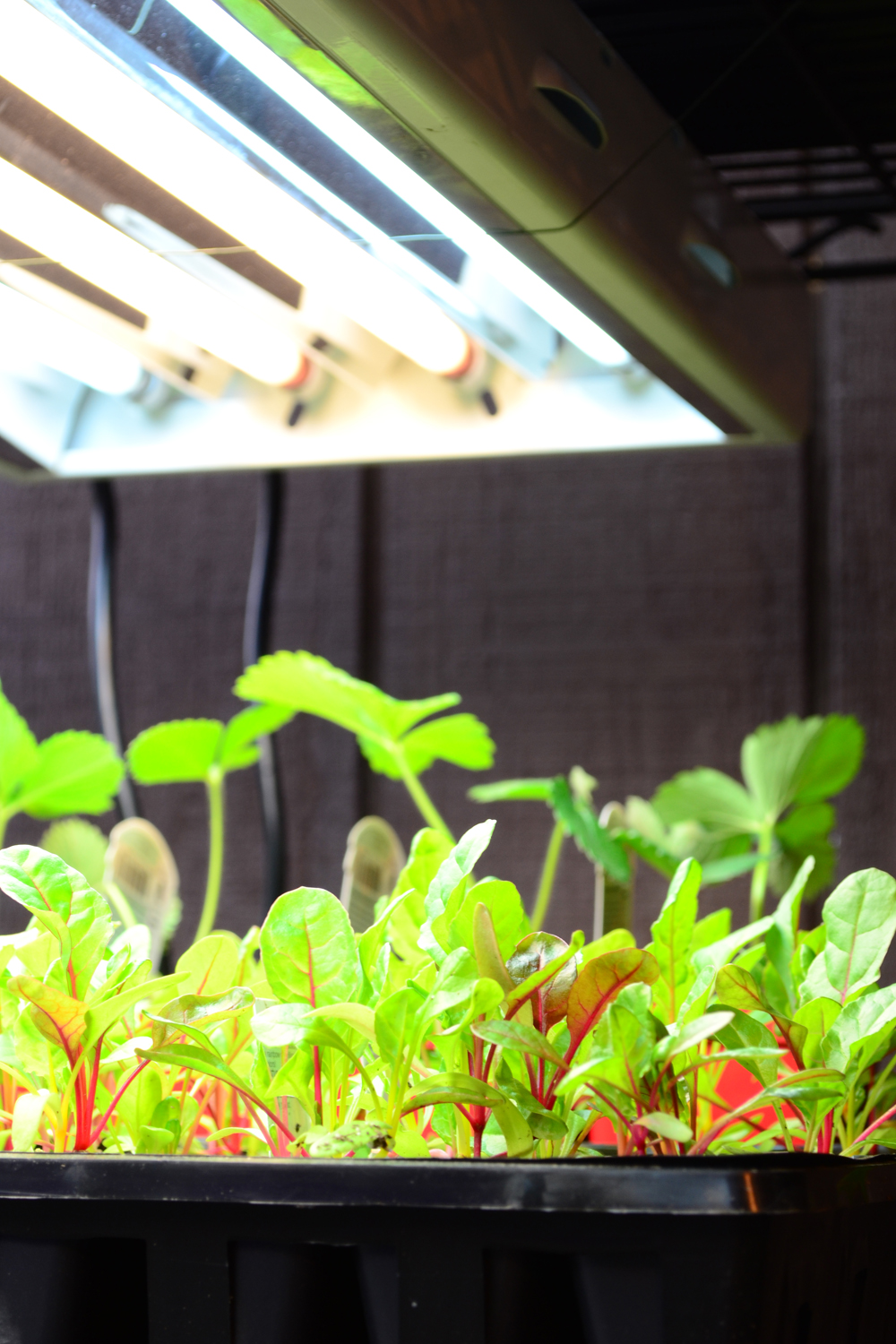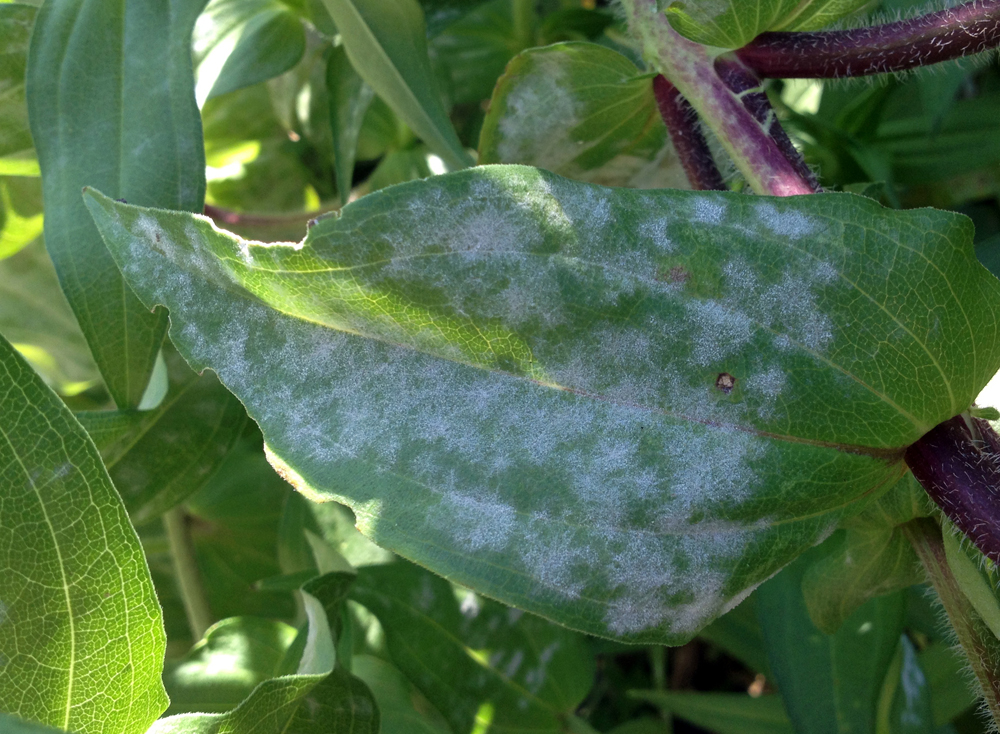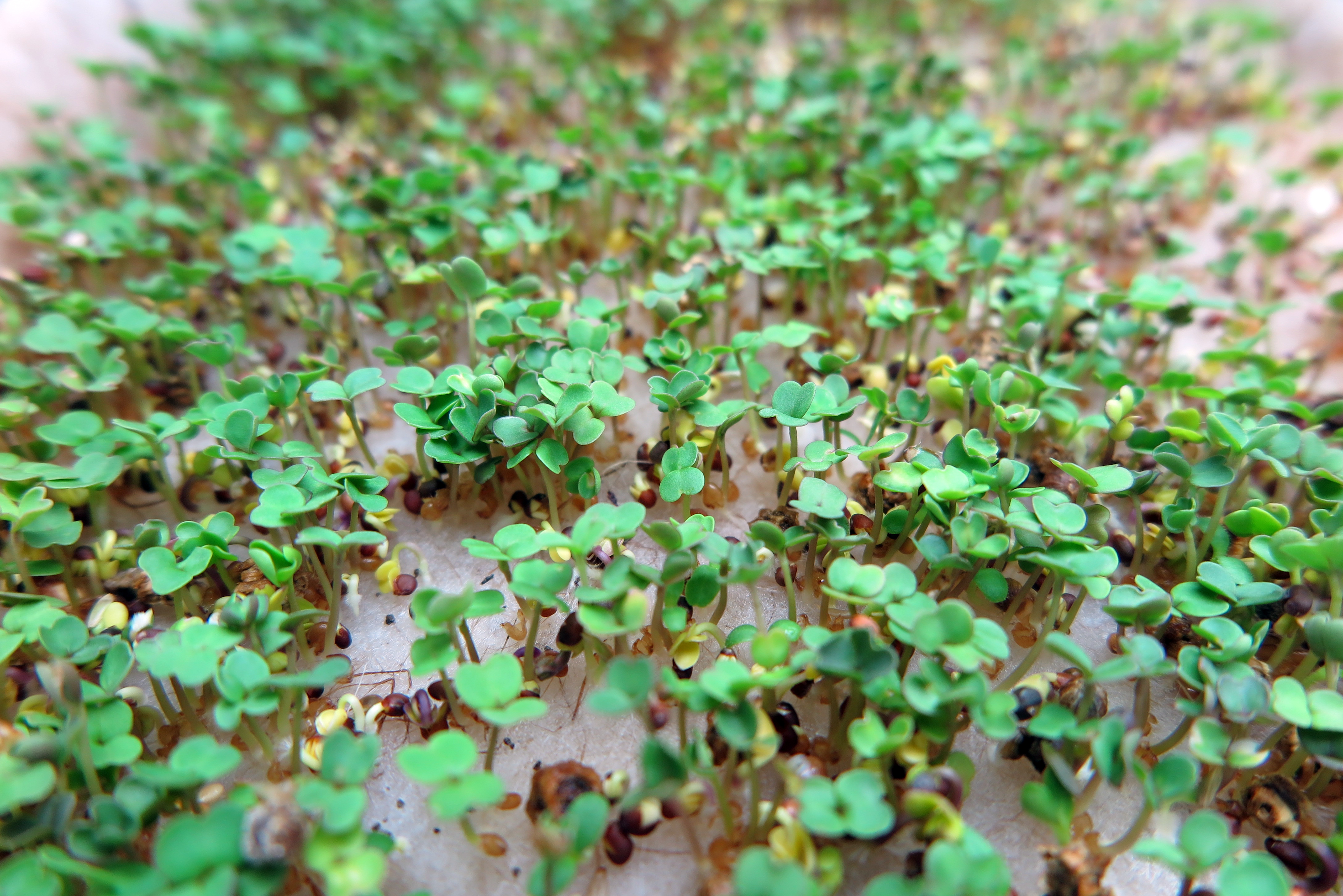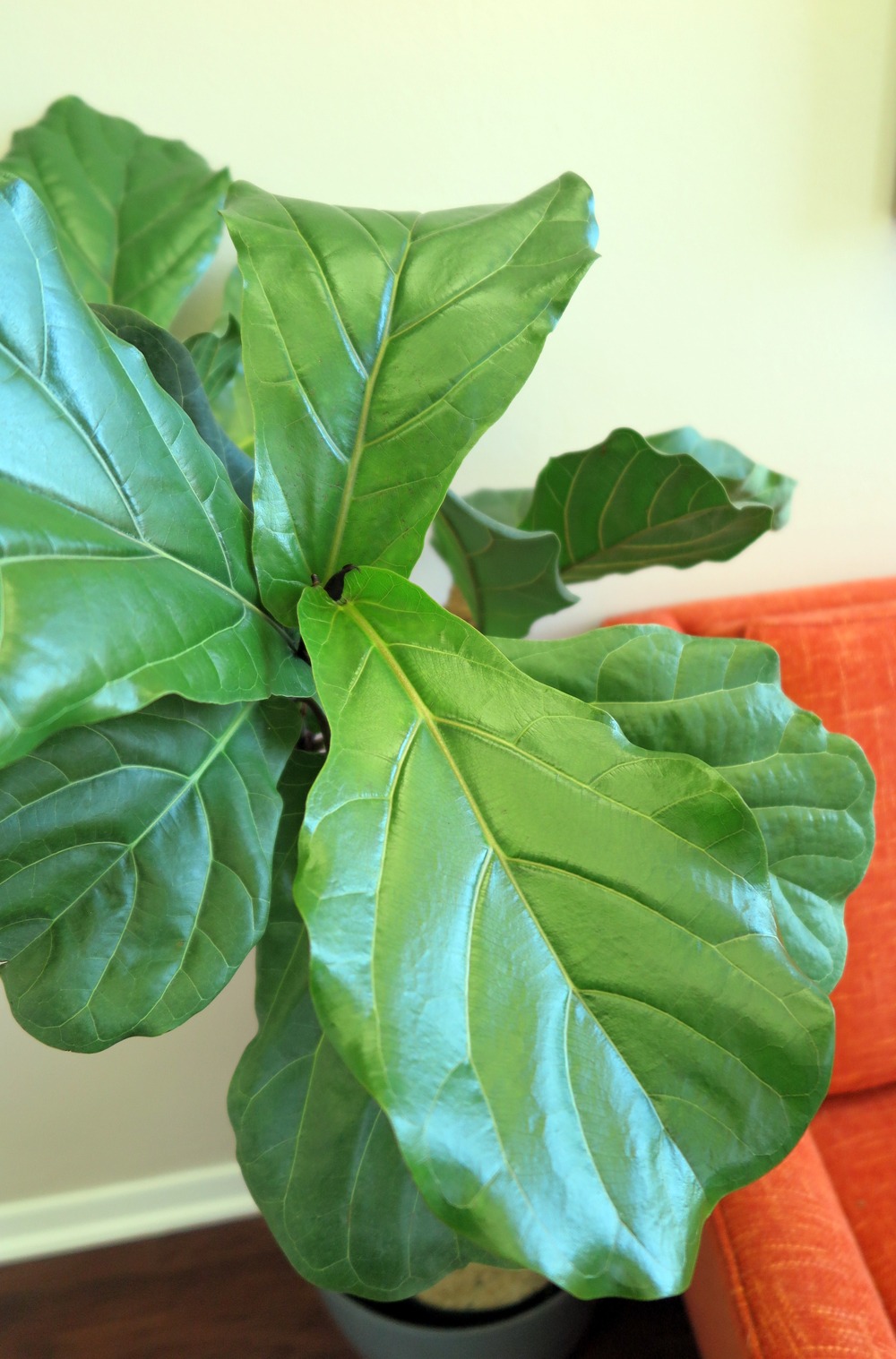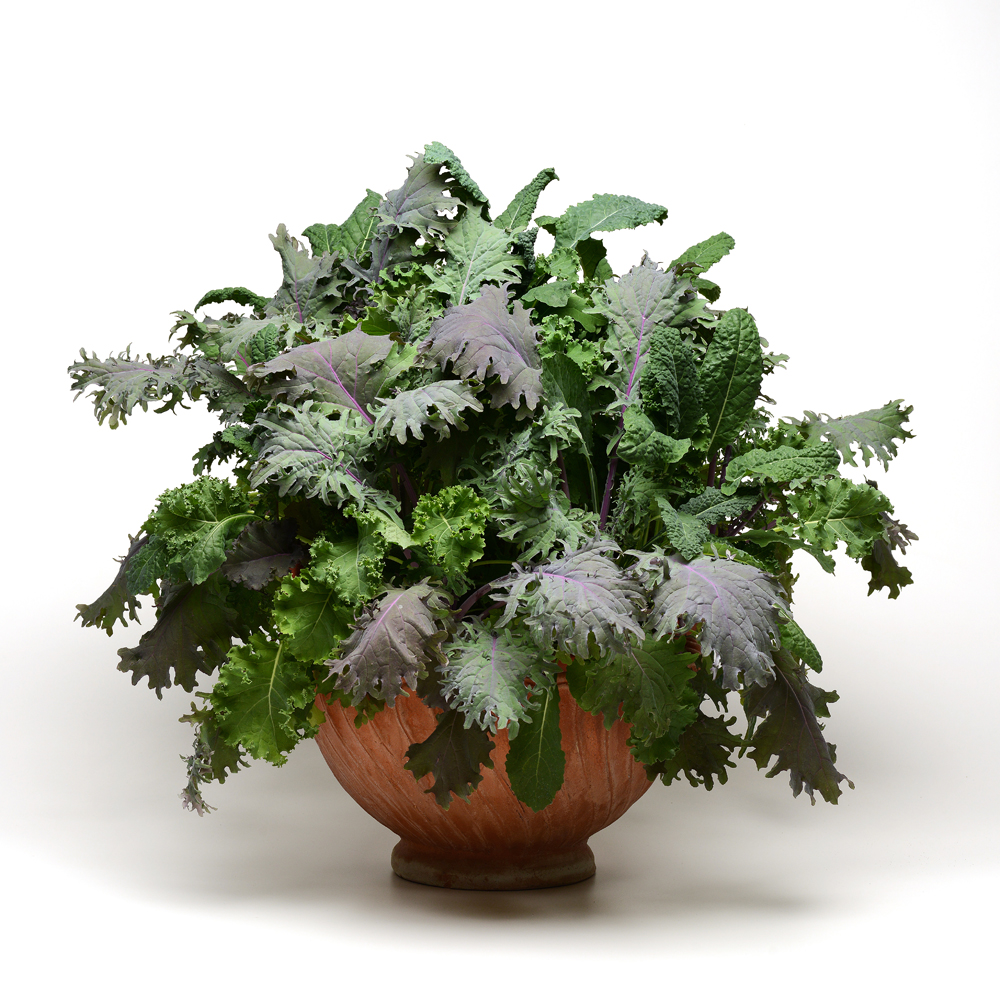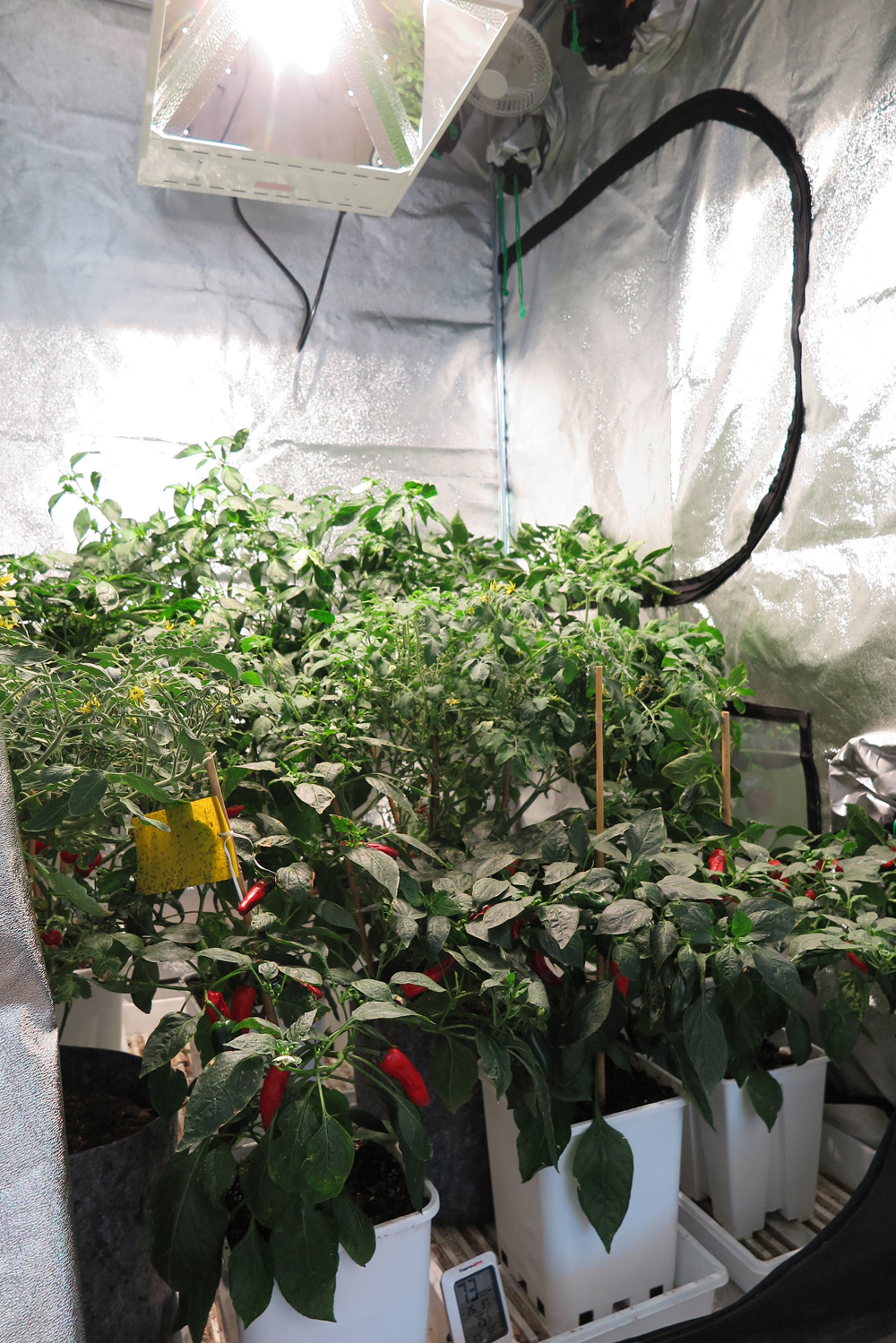Coir for Seed Starting
March 15, 2019
Coir is excellent for growing seedlings and mixing into the growing media for larger plants. You can use coir alone or in combination with other ingredients, or even as a hydroponic substrate.
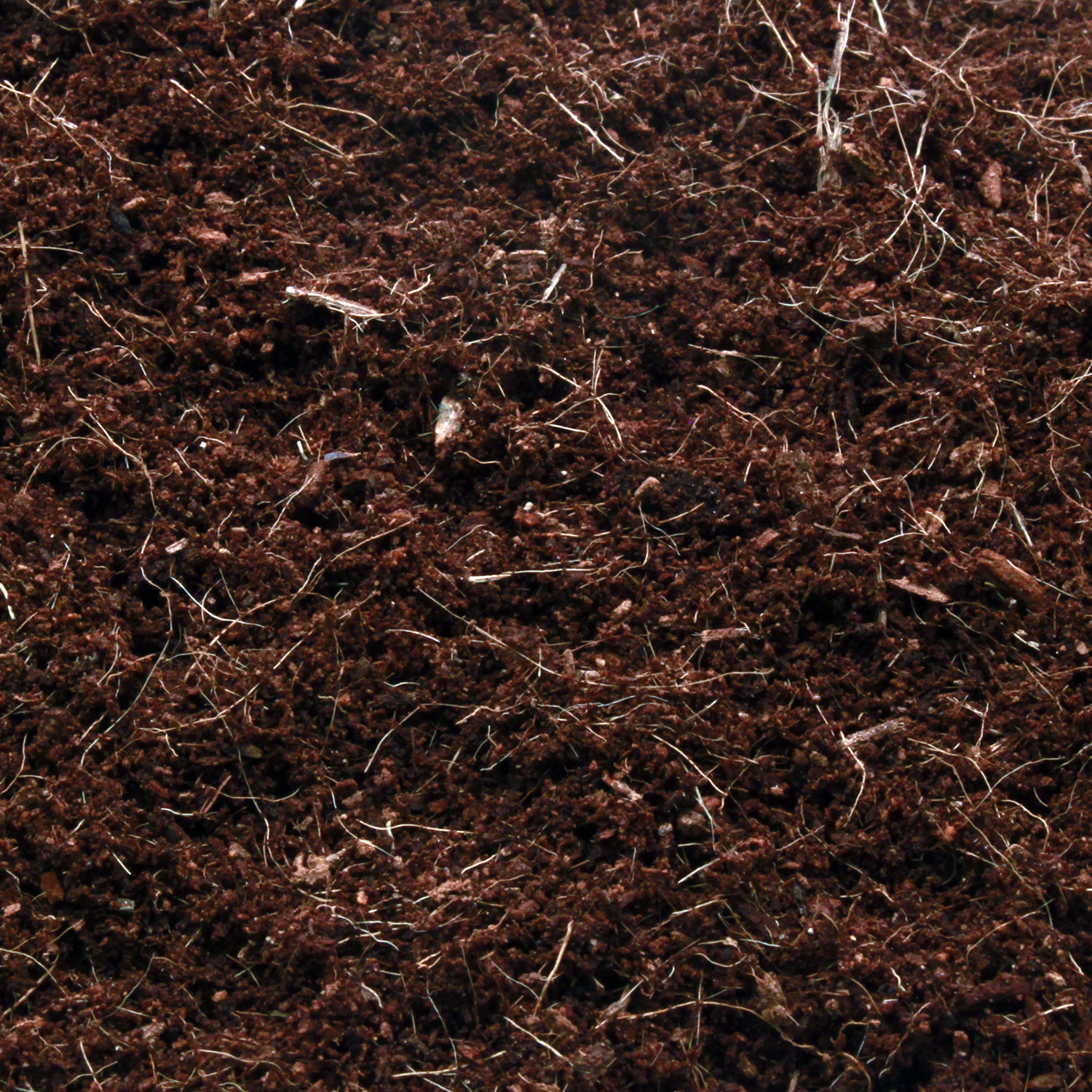
PC: Sunlight Supply, Inc.
Coir also holds moisture well for an extended period while maintaining a porous structure that drains well. I like to sprinkle a little coir on top of the soil when I'm germinating seeds, as it helps hold just the right amount of moisture for seeds to germinate successfully.

